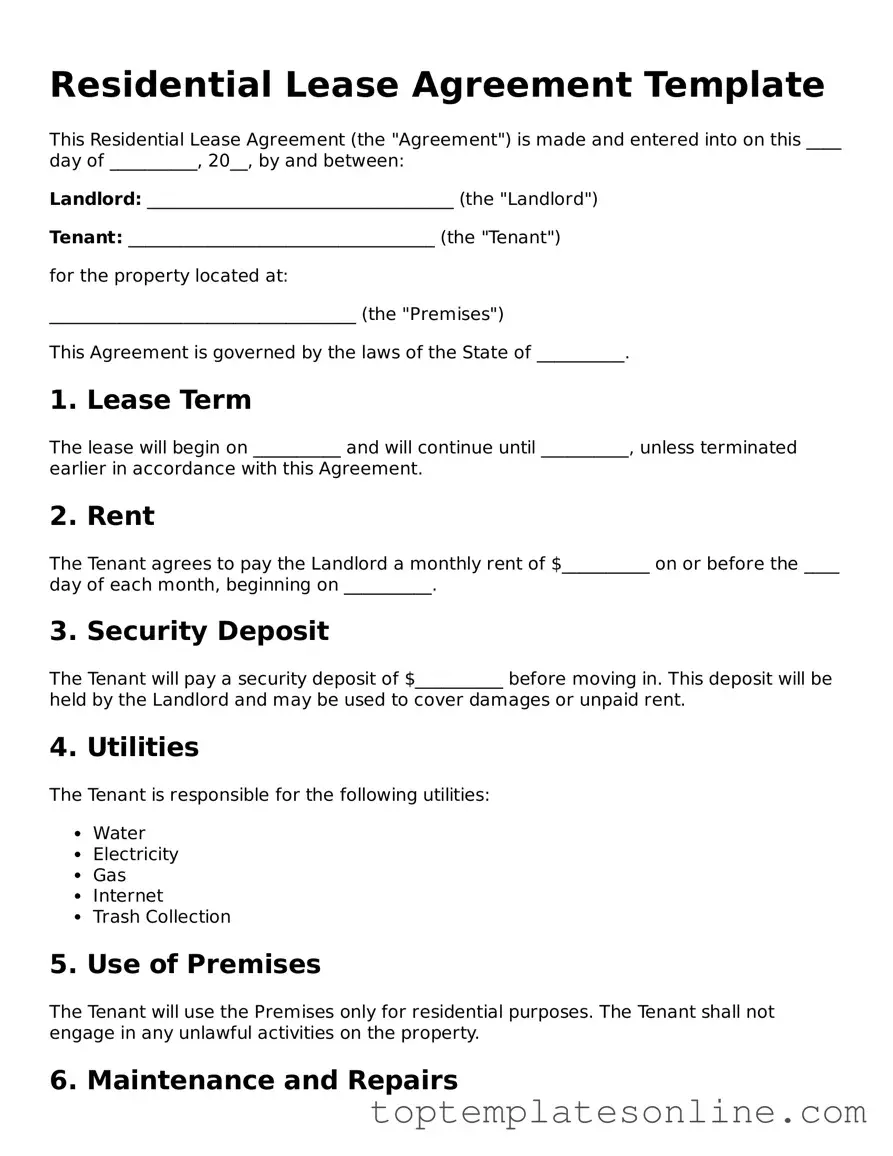Attorney-Approved Lease Agreement Form
A Lease Agreement is a legally binding contract between a landlord and a tenant that outlines the terms and conditions for renting a property. This document serves to protect the rights of both parties while ensuring clarity regarding responsibilities, payment terms, and the duration of the rental. Understanding the components of a Lease Agreement is essential for a smooth rental experience.
Customize Lease Agreement Here
